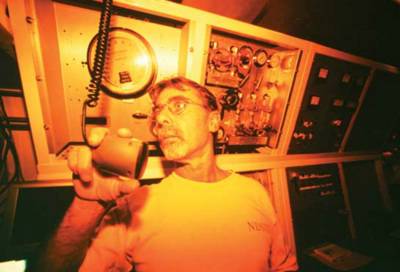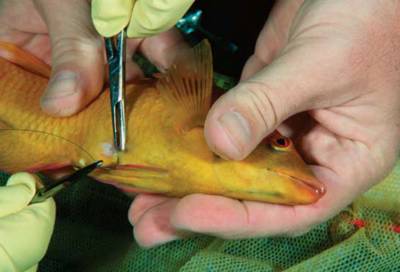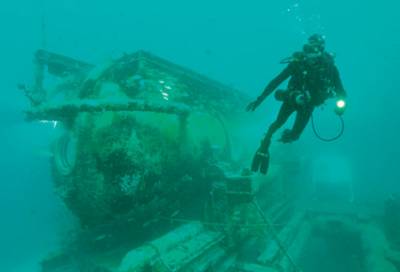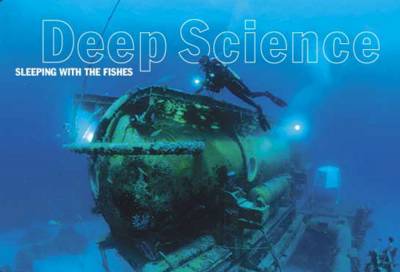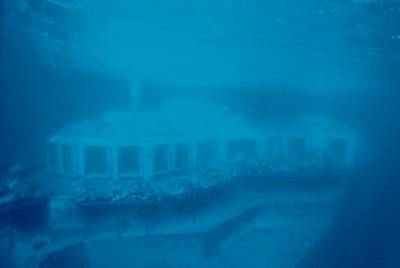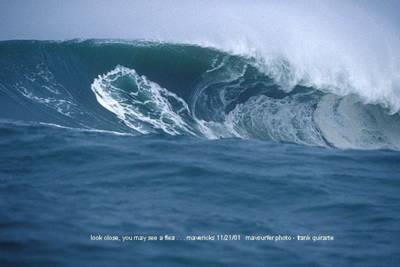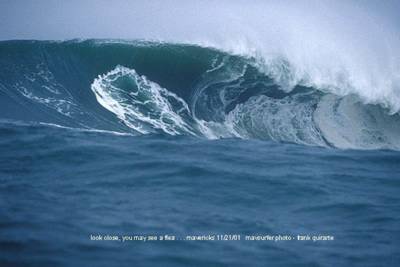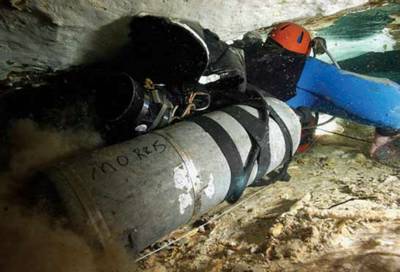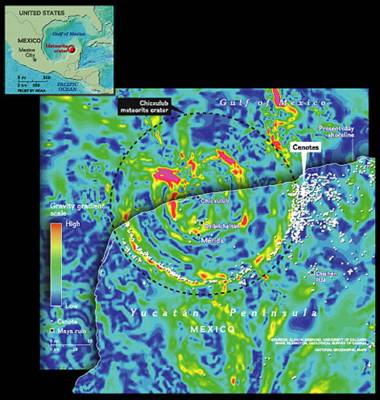My reaction to the accidental death of K. Duminda Thabrew while attempting to climb down from the Diyaluma Waterfall was that it amounted to an act of folly.
Gamka has sent me the following note in reply:
"For a desk-bound type like you, for whom crossing the road on any given day amounts to an adventure and who needs the lift to go from the first floor to the ground, this will of course amount to folly. But I maintain that there are degrees of folly, and let's see just how mad this act looks with the benefit of hindsight.
"One thing I must say: Anyone out to set a record need not take foolhardly risks. What I mean by that is this; he or she must go properly equipped for the attempt, and basic safety features must be adhered to. A safety rope is essential to anyone serious about climbing, whether it's descent or ascent.
"I don't know why this young man began his descent from the top of Diyaluma, which is 628-ft high, without a safety rope. Was that meant to be part of the record? The question is not meant to be fatuous. Consider that, for those who want to climb the Himalayas, oxygen tanks are considered to be essential because of the rarified air at those heights.
There are many who'd consider any such attempt without oxygen to be foolhardy, even suicidal. But there are a number of people who have climbed the Everest without oxygen, and have lived to tell the tale.
One Nepalese sherpa has done it no less than six times, which I believe is a record. But all the people who have climbed the Everest without an extra oxygen supply are, it goes without saying, highly experienced climbers.
It also goes without saying that even such people can die while trying to scale such heights (due to accidents and bad weather rather than lack of oxygen). It'd be interesting to find out, especially to an armchair adventurer like you, if Mallory, the first man to try and climb the Everest, did so with extra oxygen. As far as I know, the kind of portable cylinders with regulators to control the supply in keeping with fluctuations of outside atmospheric pressure didn't exist at the time.
This invention came during the Second World War, more than 10 years after Mallory's death, in the form of the aqualung, invented by French undersea explorer Jacques-Yves Cousteau and Emile Gagnan in 1943.
"You said something about the minimum safety features that should be adhered to when trying this sort of thing. Before going into that, I must say that I don't know if climbing down from waterfalls is an international sport. I'm not aware of any such thing.
"Usually, people try ascents. Descent follows naturally. Technically, climbing down isn't any easier than climbing down.
I'm not talking about walking down a sloping hill but going down a very steep hill or cliff face. I'm not a climber but hikers I've spoken to have told me so. (Don't take the staircase as a wonderful example of this principle. By the way, it's about time you attempted the ascent and descent between the ground floor and first).
"We don't know why Thabrew decided to climb down as a means of establishing his record, rather than climbing up. Quite possibly, because he thought it was more dangerous. Or he thought he could do it quicker that way. After all, he had climbed down from the Bambarakanda Waterfall last year in a similar attempt.
"In hindsight, of course, his fatal attempt can look foolhardy. The weather was bad. It was due to start at nine a.m. but he couldn't get going till 11 a.m. as it was raining. The rocky face of Diyaluma, slippery under normal circumstances, would have been very dangerous by then. He wore a waterproof suit and gloves but had no safety rope.
"Climbing down 628 feet under these circumstances would have required a superhuman effort from the arms and shoulders, as well as the hips and legs, plus prodigious amounts of physical dexterity, balance and concentration. Something went wrong and the man fell to his death.
Don't call him a fool. He knew the risk he was taking. On an altogether different plane, you know the risks of smoking and continue to smoke half a pack a day. What kind of fool are you?
"Nor can anyone impose minimum safety standards on such attempts. These attempts are acts of free will.
This reminds me of free diving, a very dangerous sport. In this, the diver goes down to depths exceeding 200 feet without oxygen tanks, managing only with a lungful of air till the dive is completed and surface reached once again.
The current world record is held by a woman. Divers have died while trying to create such records.
"Which doesn't mean one shouldn't attempt them if the will, mental and physical capacity as well as the belief that it can be done is there.
"In conclusion, Thabrew's act looks like folly because he fell to his death.
If he had succeeded, then he'd have been a hero, and someone else may have died trying to break his record, continuing the eternal cycle of heroism and folly at infinitum."
(http://www.dailymirror.lk/2004/10/06/life/5.asp)
